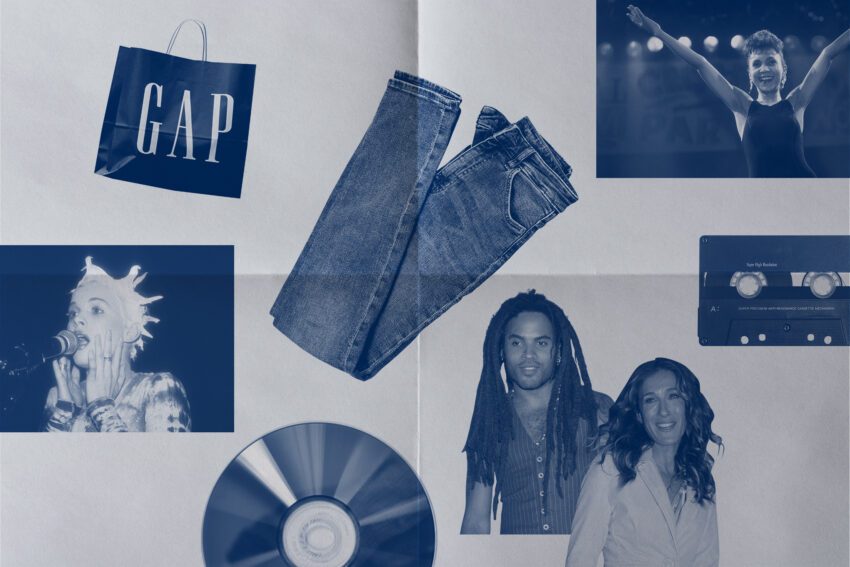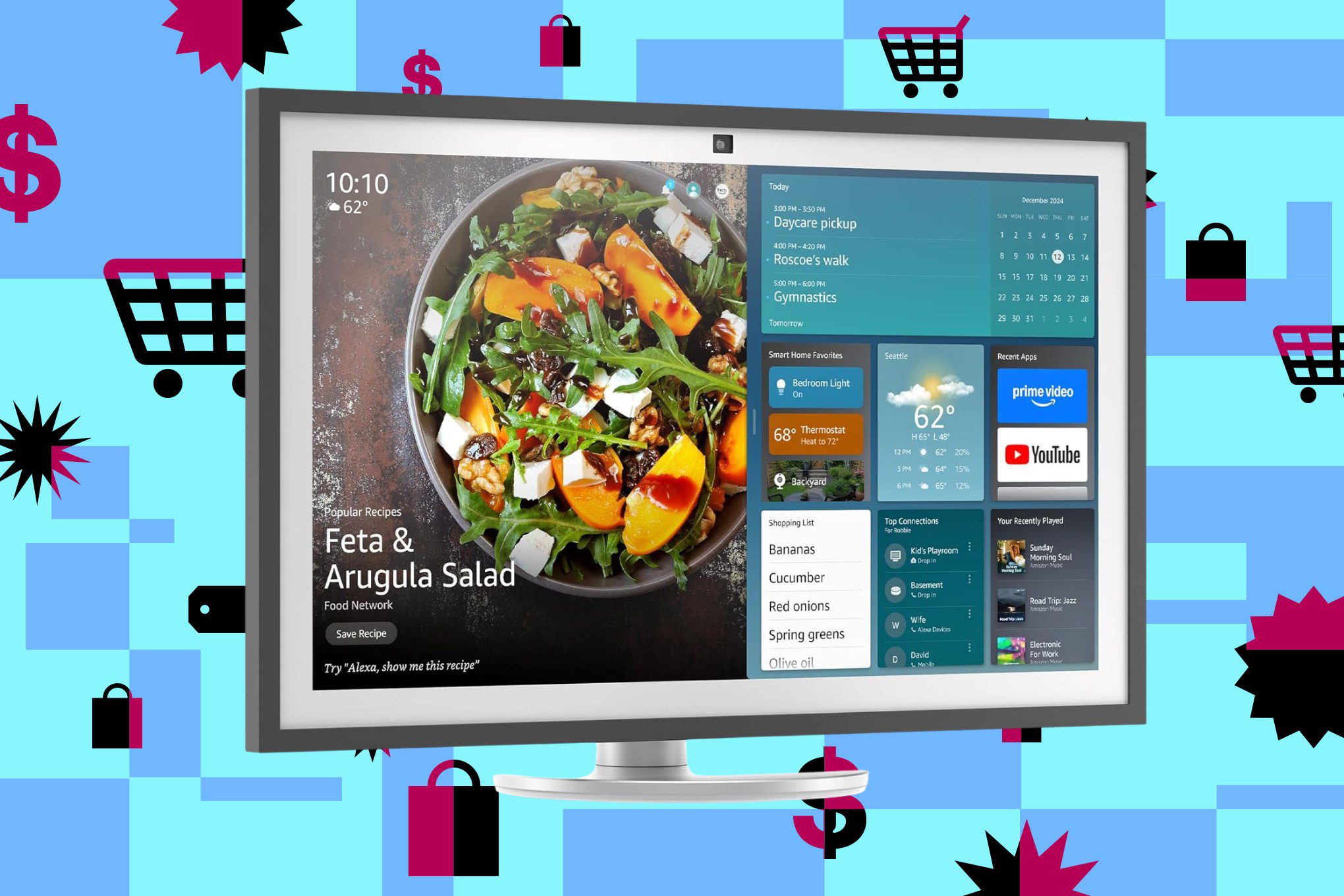
the quest for every gap store playlist Michael Bise’s nostalgic journey through the playlists of Gap stores reveals a unique intersection of retail and music history.
the quest for every gap store playlist
The Soundtrack of Shopping
In August 2002, many shoppers were likely engaged in the annual ritual of back-to-school shopping, navigating through local malls in search of essentials like backpacks, socks, and outfits for the first day of school. Among the stores that played a significant role in this experience was Gap, a retail chain known not only for its clothing but also for its carefully curated in-store music. For Michael Bise, who began his journey at Gap in 1992, the music played a pivotal role in shaping the shopping atmosphere.
Bise recalls his initial experience at the Gap store in Dallas, where he was immediately struck by the choice of music. “Just right away, it was so different from what I was expecting,” he reflects. Unlike the typical soft instrumentals or mainstream pop hits commonly found in other retail environments, Gap’s playlists featured an eclectic mix of house music, dance tracks, and deep cuts from artists like David Bowie and The Bangles. This distinctive musical selection set the tone for a shopping experience that was both engaging and memorable.
The Evolution of Gap’s Playlists
Over the years, Gap has maintained a reputation for its innovative approach to in-store music. The playlists have evolved, reflecting changes in musical trends and consumer preferences. Bise’s passion for music led him to take on the role of music curator for the store, where he began to meticulously document the songs played during his shifts. This endeavor was not merely a personal project; it was an effort to preserve a unique aspect of retail culture that many might overlook.
As Bise delved deeper into the world of Gap’s music, he discovered that the playlists were not only a reflection of the store’s brand identity but also a way to connect with customers on a deeper level. The right music could evoke emotions, create a sense of nostalgia, and even influence purchasing decisions. Bise’s dedication to cataloging these playlists has since evolved into a broader quest to uncover every Gap store playlist ever created.
The Role of Music in Retail
The significance of music in retail environments cannot be overstated. Research has shown that background music can impact consumer behavior, including the amount of time spent in a store and the likelihood of making a purchase. In the case of Gap, the carefully curated playlists served to enhance the shopping experience, making it more enjoyable and memorable for customers. Bise’s work highlights the importance of music as a strategic tool in retail, one that can shape brand perception and customer loyalty.
Documenting the Playlists
Bise’s quest to document Gap’s playlists has taken on a life of its own. He has created a comprehensive database that includes songs played in stores across different decades. This undertaking has not only been a labor of love but also a way to connect with others who share a passion for music and nostalgia. Bise has utilized social media platforms to engage with former Gap employees and customers, inviting them to share their memories and contributions to the playlists.
Through this collaborative effort, Bise has uncovered a treasure trove of musical gems that have defined the Gap shopping experience. From the upbeat tracks of the ’90s to the indie hits of the 2000s, each playlist tells a story of its time, reflecting cultural shifts and musical trends. Bise’s documentation serves as a valuable resource for music enthusiasts and retail historians alike, offering insights into how music has shaped the retail landscape.
Community Engagement and Nostalgia
The response to Bise’s project has been overwhelmingly positive, with many individuals expressing their appreciation for the nostalgia that these playlists evoke. Former employees and customers have shared their own memories of shopping at Gap, often recalling specific songs that transported them back to their youth. This sense of community has been a driving force behind Bise’s efforts, as he seeks to create a shared narrative around the music that has accompanied countless shopping trips.
Moreover, the emotional connection that people have with music is a powerful motivator for Bise’s work. Music has the ability to evoke memories and feelings, and for many, the songs played in Gap stores represent a significant chapter in their lives. By documenting these playlists, Bise is not only preserving a piece of retail history but also celebrating the personal stories that are intertwined with the music.
The Broader Implications
Bise’s quest for Gap’s playlists raises broader questions about the role of music in shaping consumer experiences across various retail environments. As the retail landscape continues to evolve, with the rise of e-commerce and changing consumer preferences, the importance of creating memorable in-store experiences remains paramount. Music is a key component of this experience, and retailers must carefully consider how to curate their soundtracks to resonate with their target audiences.
Furthermore, Bise’s project highlights the potential for nostalgia marketing in retail. By tapping into consumers’ emotional connections to music and memories, brands can foster loyalty and enhance the shopping experience. Gap’s approach to music has set a precedent for other retailers, demonstrating that a thoughtful and engaging soundtrack can be a powerful differentiator in a crowded marketplace.
The Future of Retail Music
As technology continues to advance, the way retailers approach music in their stores is likely to change. Streaming services and digital playlists offer unprecedented flexibility in curating music, allowing retailers to adapt their soundtracks in real time based on customer preferences and trends. This evolution presents both opportunities and challenges for retailers as they navigate the complexities of creating an engaging in-store atmosphere.
For Bise, the journey to document Gap’s playlists is just the beginning. His passion for music and retail culture has inspired him to explore new avenues for sharing this information with a wider audience. Whether through social media, podcasts, or collaborations with other music enthusiasts, Bise aims to keep the conversation going about the significance of music in retail.
Conclusion
Michael Bise’s quest for every Gap store playlist ever created is more than just a personal project; it is a celebration of the intersection of music and retail culture. Through his meticulous documentation and community engagement, Bise has uncovered a rich tapestry of musical history that resonates with many. As the retail landscape continues to evolve, the importance of music in shaping consumer experiences remains a vital consideration for brands looking to connect with their audiences on a deeper level.
Ultimately, Bise’s work serves as a reminder that the soundtracks of our lives are often intertwined with the places we shop, the memories we create, and the emotions we experience. The playlists of Gap stores are not just background noise; they are a reflection of a cultural moment, a shared experience, and a testament to the power of music in our everyday lives.
Source: Original report
Was this helpful?
Last Modified: October 3, 2025 at 8:39 pm
2 views















